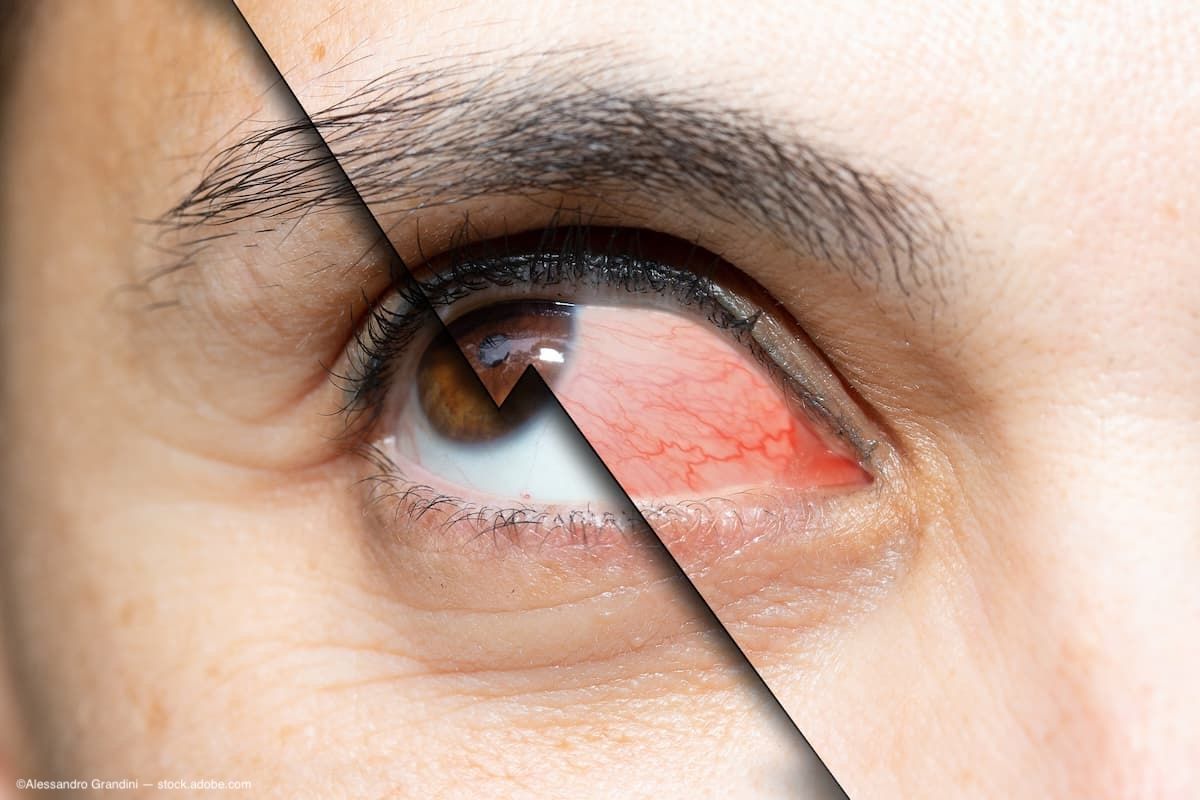Article
Conveying messages correctly in a practice
When attempting to share ones thoughts with another the message can sometimes be misconstrued. Here is a guide to defining and becoming better at communicating and listening.
San Diego-As Maddie Hayes (Cybill Shepherd) once said to David Addison (Bruce Willis) in the 1980s TV show Moonlighting, "No fast-talking jive and none of that hip hop slop you call English."
Hayes, the typical straight-edged boss, is forced to work with Addison, a relaxed and easygoing counterpart. It is clear from this statement that some people, especially these two co-workers, have a hard time communicating. Steven R. Robinson, COE, OCS, presented "I know what they said, but what did they mean?" at the annual meeting of the American Society of Ophthalmic Administrators, outlining the definition of communication along with reasons for miscommunication.
"Have you ever dealt with people that say one thing and mean another?" asked Robinson. "When we communicate, we're successful or we're not; it's really hard to be quasi-successful."
According to Robinson, communicating is an attempt to share thoughts with one another. Media for doing so include print, reading, writing, sound, and actions, to name a few.
When it comes to using these tools for communicating, there are disadvantages and advantages. Reading and writing as a form of communication is advantageous for the reason that the message communicated is the same for everyone who reads it. However, it also remains semi-permanent, which can be both good and bad.
Sound can be an effective form of communication because you can use inflection; a deaf person, however, is not going to hear that. Also, people will examine the sound instead of the message itself.
Actions are universal, but what someone is trying to do may have nothing to do with how someone else interprets it.
When someone uses a picture to share an experience it communicates something, but sometimes the person interprets the message differently from what was intended.
"Expressions can be meaningful but they can also be disarming," said Robinson. "Choosing just the right medium to convey your message is unbelievably important."
If the wrong medium is chosen or if the right medium is chosen and done poorly, it can be disastrous. Robinson listed, out of all of the media used in his presentation, which ones would be most memorable to the audience.
"You are going to remember 10% of what you read. You're going to remember 20% of what you hear, 30% of what you see, 50% of what you see and hear, 70% of what you discuss with other people, 80% of what you personally experience, and 95% of what you teach," said Robinson.
"People who teach a subject will tell you that they learn more about it than if they were to read it or study it," said Robinson. "It is not just a passive experience."
People, including physicians in their practices, are trying to convey information all of the time, and the people they are trying to communicate with don't always understand, and vice versa. This creates frustration on both ends.
Sometimes written expressions can come off as quite strange. Robinson explained the difficulty in communicating some times is due to words. He gave the example that when two animals are put together, there is an instantaneous reaction that determines whether they get along or not. For humans you have no idea. "Our code and decode processes can make all of the difference in the world in how we communicate or if we communicate," said Robinson.
Listening constitutes better communicating. Specifically active listening, such as making eye contact and acknowledging what someone is saying, is important to the messenger.
Robinson wants people to examine how they are communicating and realize potential problems. He says to think, restrain yourself, and take some time.
"Every time you answer an e-mail, put it in the draft box, leave it there, and go back and read it again before you turn it loose 2 hours later," said Robinson.
Ronald Reagan was considered the "great communicator," and Robinson said we should all try to be great communicators as well.
"You aren't conveying their thoughts, you're conveying your own. A thought is something private, something you manufactured, it's right here, it's never going to go anywhere until you get ready to give it," said Robinson. "Then I want you to give it in such a way that it is really going to have the impact it needs to have, it's going to be understood, it's going to be meaningful, it's going to be worthwhile, and you know what? You're going to be considered a communicator once you get to that point."
Newsletter
Don’t miss out—get Ophthalmology Times updates on the latest clinical advancements and expert interviews, straight to your inbox.




